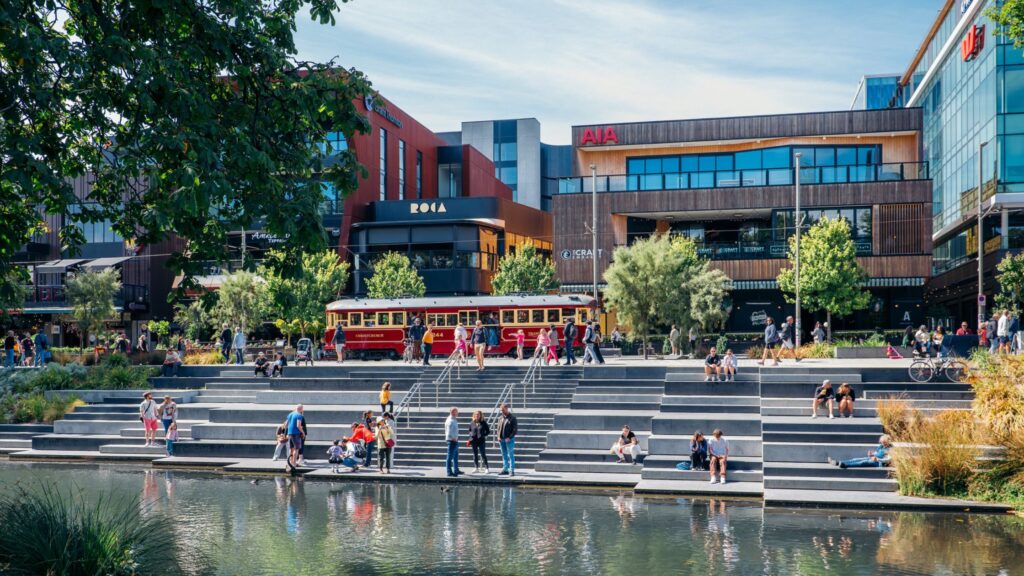ChristchurchNZ recently released its Quarterly Economic Report, providing a snapshot of the Christchurch and Canterbury economy and how it compares to the rest of New Zealand. So what does this mean for local businesses?
According to ChristchurchNZ Economics Analyst Sophie Jones, the key takeaway is that activity is continuing to slow across the national and local economies, although green shoots remain.
Positive trends for the region include international tourism recovery, with spending by international visitors partially offsetting the impact of a pull-back in spending by locals. December 2023 was a new monthly record for international visitor spending in Christchurch, with particularly strong spend by visitors from the USA. December airport arrivals from the US were at their highest monthly level since 2009.
Another positive is that the unemployment rate fell in Christchurch during Q4 and is now in line with the five-year pre-COVID-19 average. The size of the local labour force continued to grow, providing businesses looking to hire with greater access to talent. Consumer confidence in Christchurch has also been improving, now sitting a touch above that of New Zealand as a whole – while still net pessimistic, our regional score is at the highest levels since early 2022.
(It’s worth noting here that business confidence has also improved, with Business Canterbury’s latest Quarterly Business Survey finding that 85% of Canterbury businesses expect the region’s economy to be the same or stronger in 12 months.)
ChristchurchNZ’s Report showed that there are headwinds though, with GDP growth slowed to 1.0 percent in Christchurch over the year to December 2023 – the lowest annual rate since year to March 2021. Lower world prices for commodities are also weighing on goods exports and reducing the size of Christchurch’s trade surplus. The manufacturing sector was also in contraction for the third consecutive quarter in Canterbury, and fourth consecutive quarter for New Zealand.





